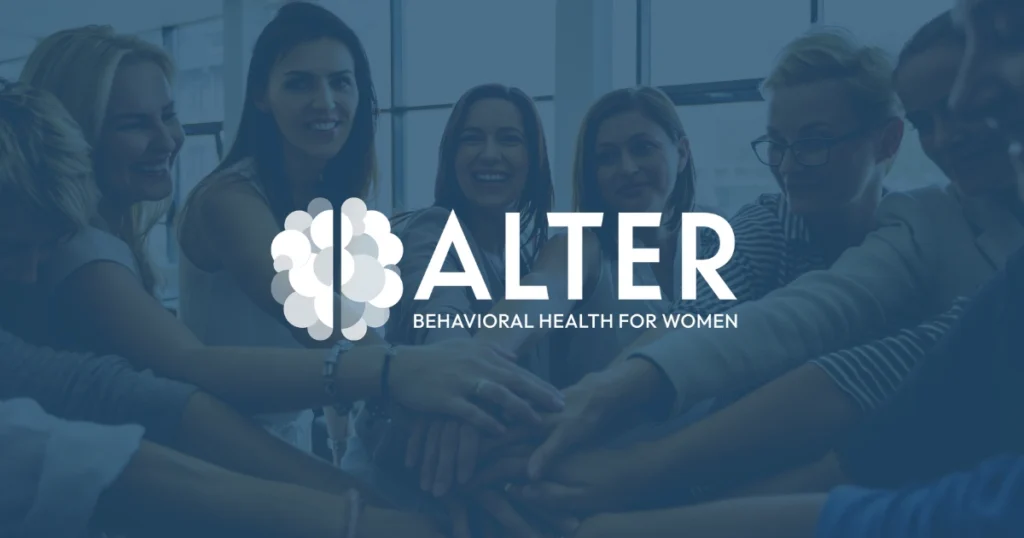Maria sat in her car for ten minutes before walking inside. Her hands shook as she held the steering wheel. She had been through years of hurt, and the thought of telling her story felt heavy. Would anyone understand? Would people judge her?
When she finally stepped into a women-only trauma-informed care program, something changed. The waiting room was calm. She saw other women who looked like her—strong but tired. She thought, “Maybe I’m not the only one. Maybe I belong here.”
Every woman who carries trauma asks these same questions. Will I feel safe? Will anyone listen? Can I really heal?
That’s where the idea of women-only trauma-informed care (TIC) comes alive. It is not just treatment. It is a place where stories connect, trust grows, and healing becomes possible. But why women-only trauma-informed care? Let’s walk through Maria’s story to understand.
Why Choose Women-Only Therapy
Many women carry wounds from violence, abuse, or betrayal. These wounds shape the way they see the world. In mixed spaces, it can be hard to share openly. Some fear judgment. Some fear being silenced.
Maria once tried a co-ed group. When she spoke about her trauma, she noticed men shifting in their seats. She felt exposed. She never went back. But in a women-only group, she felt safe. She spoke without fear. Others nodded with understanding.
Anke Philipps and colleagues (2022) studied this exact problem. They worked with 66 people, including 55 women, who all had trauma-related disorders. Some joined women-only groups. Others joined mixed groups. Everyone received the same therapy for eight weeks. The researchers looked at how people bonded, how they worked together, and how safe they felt.
The results were clear. Women in women-only groups felt closer to one another. They trusted each other more. They had fewer negative feelings in the group. They also reported feeling stronger social support by the end of treatment. Mixed groups did not show the same comfort or bonding.
It means safety grows when women heal with other women. That safety builds trust. Trust builds healing. That is why choosing women-only therapy makes such a powerful difference.
Why Women-Only Trauma Care Works
Trauma does not look the same for everyone. Women often face repeated stress from relationships, caregiving, and social pressures. Their trauma usually comes from close connections—family, partners, or trusted people.
Maria’s pain came from someone she once loved. In her healing group, almost every woman had a similar story. That shared experience built a deep connection. They did not need to explain every detail. They simply understood.
A study on women-only versus mixed-gender treatment looked at how likely women were to finish their therapy. Women in women-only programs had a slightly higher chance of completing their treatment compared to mixed groups. It shows that when care fits women’s needs, more women stay and finish healing.
It means when care is just for women, healing lasts. It works because it fits their lives, their needs, and their voices.
Why Women Benefit From TIC
Trauma-Informed Care (TIC) means staff understand how trauma shapes behavior. It means that every rule, tone, and space is built to reduce triggers and support safety.
Maria noticed small things. Soft lighting. Gentle voices. No sudden touches. Every choice reminded her she was safe. She thought, “They know what I’ve been through. They want me to feel okay.”
Liu et al. (2024) studied women who received trauma-informed care. The review found that women valued providers who understood trauma and gender. They needed time to build trust. They also found healing in group sessions with other women. It helped their recovery in ways regular care did not.
When care is trauma-informed, women feel respected. When they feel respected, they stay. And when they stay, they heal.
How Gender-Specific Trauma Care Helps
Women process trauma differently from men. They often experience higher rates of PTSD, anxiety, and depression. Their bodies also respond differently to stress hormones. It means gender-specific care is not just helpful—it is necessary.
Maria once blamed herself for her reactions. She thought she was weak. But in women-only trauma-informed care, she learned her responses were normal. Her brain and body were protecting her. Other women shared the same stories. She was not broken. She was human.
A 2024 study by Haering et al. found that women carry more severe PTSD risk factors than men. These include higher chances of trauma from abuse and stronger physical responses to stress. Because of this, women need trauma care that fits their unique needs.
That is why gender-specific trauma care helps women heal at a deeper level.
How Women-Only Care Empowers Healing
Healing is not just about feeling better. It is about regaining power. Women often lose their sense of control after trauma. In women-only care, they take it back.
Maria’s group had a rule: no one had to speak if they were not ready. This simple rule gave her a choice. One day, she finally shared her story. The group clapped softly. She felt her voice return.
Monica P. Bhatt and her team (2023) tested a trauma-informed group program for girls in Chicago. The program reduced PTSD symptoms by 22%. It also lowered depression and anxiety. It shows that women-only and trauma-informed groups build empowerment and give women back their voices.
Healing begins alone. But with community, it soars.
How Trauma Care Differs For Women
Men and women carry trauma differently. Men often face trauma from combat or accidents. Women, on the other hand, are more likely to face trauma from abuse, sexual violence, or long-term stress. It means trauma care must adapt.
Maria’s counselor explained how women’s trauma often ties to relationships. It made sense to her. She realized her healing also needed connection. Group care with women gave her that connection.
A November 2024 study of migrants in Australia by Handiso et al. showed this difference clearly. Women reported higher PTSD and distress than men. Poverty and unstable housing made things worse for women, but not as much for men. It proves that trauma affects women in unique ways, and care must be built with this in mind.
When trauma care matches women’s real lives, it helps them rebuild more fully.
A New Chapter Begins
Maria now walks into her group with ease. She does not sit in her car, frozen. She smiles when she sees familiar faces. She feels stronger each week.
Her healing did not happen in silence. It happened in safety. It happened with other women who carried pain but chose to rise.
Why women-only trauma-informed care? Because it understands the heart of a woman’s story. Alone, healing begins. With community, life transforms.
At Alter Behavioral Health for Women, we believe every woman deserves this chance. A chance to feel safe. An opportunity to find her voice. A chance to heal.
Are you ready to take your first step? Call us today and let your healing begin.
FAQs
1. What is trauma-informed care?
It is care that understands how trauma shapes behavior and healing needs.
2. Why women-only trauma-informed care?
It is because women often feel safer and more understood in gender-specific spaces.
3. Why choose women-only therapy?
It helps women share openly without fear of judgment or triggers.
4. How does gender-specific trauma care help?
It matches treatment to women’s unique emotional and physical responses.
5. Why women-only trauma care works?
It builds trust, lowers drop-out rates, and strengthens long-term recovery.
6. How does trauma care differ for women?
Women often face trauma from relationships, abuse, or caregiving stress.
7. Why do women benefit from TIC?
It creates safety, lowers triggers, and improves chances of completing care.
8. How does women-only care empower healing?
It gives women choice, voice, and strong community support.
9. Is women-only trauma-informed care evidence-based?
Yes, studies show it improves outcomes and reduces relapse.
10. How do I start with Alter Behavioral Health for Women?
Reach out by phone or online to schedule a safe, private consultation.


